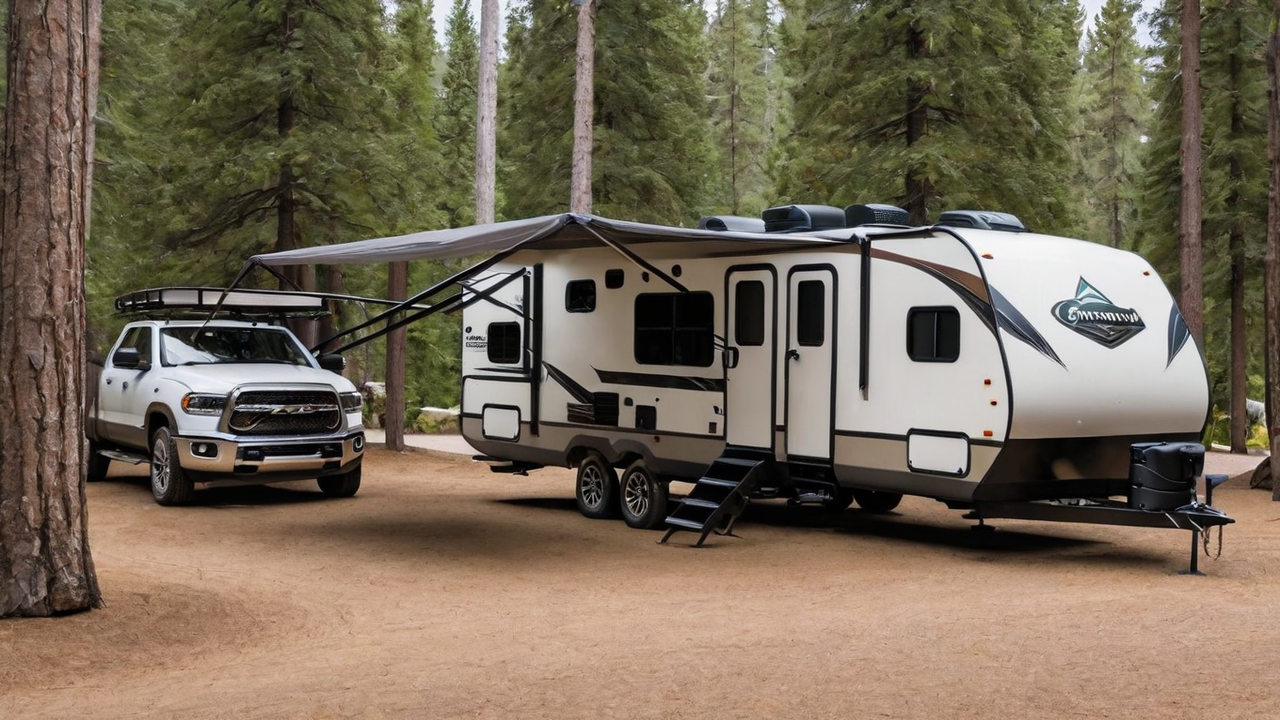Designing the Optimal User's Interface: Designing Guidelines for Campground Software
Designing the Optimal User's Interface: Designing Guidelines for Campground Software
Blog Article

Understanding Your Audience
Knowing which the intended audience is vital in creating an effective user's interface. It is important to take into account the necessities, likes, and tech competence. This knowledge guides every design choice, ensuring that your software becomes user-friendly and easy to use.
Understanding the audience likewise implies recognizing the obstacles and how they intend to use your campground software. It enables the designers to tailor functions and functionalities that address specific requirements, making your application not only useful but also essential.
Simplifying the Navigation System
Simplifying your navigation can be one critical component of user interface designing. A clear navigation structure guarantees users can quickly locate what they're looking for, cutting down frustration and improving satisfaction levels. It's about the user journey within the software as smooth and effortless as possible.
Furthermore, effective navigation guides visitors through your software, showcasing functions and tools that they might otherwise overlook. Such an approach not only improves usability but also encourages deeper interaction with the campground software's full array of capabilities.
Integrating Premium Visuals
Graphics play a vital role in making a engaging UI. Visuals help in breaking up text and can convey functions more efficiently than words alone. Selecting the appropriate images, icons, and color schemes can improve the overall aesthetic of the application, making it more attractive to the eye.
Moreover, visual consistency is crucial for establishing brand identity and trustworthiness amongst users. Each component ought to be in harmony with your brand’s values and the mission of the software, leading to a seamless experience that feels both professional and inviting.
Improving Responsiveness
In today's tech world, users expect campground programs to be fully responsive on all devices, from desktop computers to mobile phones. A adaptive interface makes sure that regardless of the screen size, the application provides an optimal experience. It not only increases accessibility but likewise caters directly to the audience's mobile lifestyle.
Additionally, improving the responsiveness can result in enhanced speed, reducing load times and avoiding user frustration. Visitors appreciate a fast and efficient interaction when using camping software, which makes speed a vital component in user satisfaction.
Optimizing the Search
Locating info efficiently is key in any software, particularly in campground software systems. Enhancing the search functionality allows users to quickly discover exactly what they're searching for, which enhances user experience and productivity. Through advanced search capabilities, you minimize user frustration and boost general satisfaction.
Furthermore, complex search features like filters and tags can help in narrowing down results, making the search process more effective. Introducing these functionalities demonstrates an understanding of the users' needs and a commitment to making their interaction with your campground system as seamless and effective as possible.
Focusing on User Security
Protecting user information is always a top priority when it comes to designing campground software. Users need to feel safe when inputting their personal information. Ensuring strong security protocols not only secures their information but likewise builds a sense of trust between your customer and your company.
In addition to standard protections like strong passwords and data encryption, it's important to consider integrating sophisticated options such as two-factor authentication or biometric security logins. Such measures provide additional layers of protection, further ensuring that customer information is held secure from unwanted access.
Utilizing User Feedback
Gathering feedback is essential for the continual development of any campground program. It enables the developers to see what is working, what doesn’t work, and how their application can be bettered to better meet the user’s needs. This feedback establishes an open dialogue between the users and the team, making them feel like they are actively a part of your software’s evolution.
Taking feedback wisely can lead in significant improvements in user interface designs and the overall UX. Making changes based on real feedback demonstrates that the company values its customers and is dedicated to providing a superior experience.
Keeping Simplicity
Among design, simplicity is key. An unnecessarily complex UI can overwhelm users, leading in an negative UX. Keeping things simple, on the hand, makes the software easier to understand and navigate. This promotes more engagement and satisfaction.
Furthermore, maintaining the simplicity should also apply to the content and features. Avoiding superfluous functions that don’t add value can help ensure that the UI remains sleek and focused on meeting the core requirements visit website of your users. By, you can craft a more efficient UX that appeals with the target audience.
Report this page